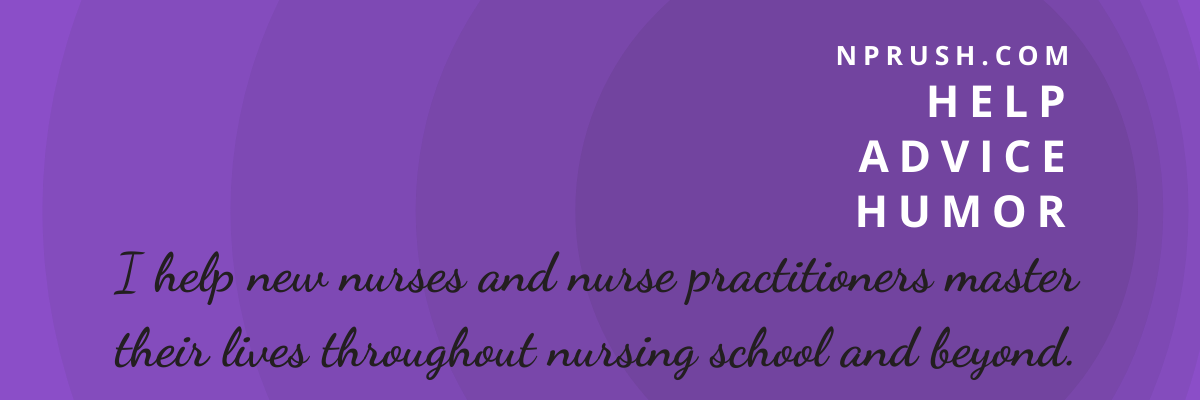In case you missed it, a textbook is not a novel. You don’t read it for pleasure, enjoyment, or escape. Who knew, right?
Textbooks are meant for sharing ideas and information through explanation and examples.
Textbooks make good doorstops. But only after you graduate.

In order to read a textbook to inform and educate yourself, follow this plan.
Read backwards
- Start at the end of the chapter. Remember, this isn’t a novella, you won’t ruin the surprise ending by flipping to the end of the chapter. Most textbooks have questions or a review section at the end of the chapter. This is where you should start.
- Read the questions and answer them if you can. Pay attention to key words and ideas. You’re priming your brain for the information to come.
- Right before that question section is probably a Chapter Summary section. Read that next. This will give you a solid but concise overview of the chapter. Yup, you’re still priming the pump here.
- As you move backwards, flip through the pages and read the headings and the subdivisions of the chapter.
- Finally, read the chapter introduction.
- Then progress through the chapter front to back, reading areas related to the key ideas and words that your brain picked up during the priming session.
- Reading a textbook chapter backwards ensures that your brain picks up on ideas and the connections of those ideas instead of the chronological order of events.

Be on the lookout for big ideas
You can’t blame them, it’s their nature. Textbooks are thorough, in depth, and detailed. It’s not their fault. But it is up to you to decide what to focus on.
Sometimes you’ll have a class syllabus that has already filtered the information for you but, most often, you’re instructed to read chapter 17 without any further information.
So your best bet is to focus on the big ideas.
How will you know when you see a big idea?
They’re pretty simple to spot because they’re in bold print or in the section headings. From there, all you have to do is find the complete sentence that summarizes the section and you’ve found the big idea.

Pick out the details
Big ideas are great but they need support. After you’ve found the big idea, go on a hunt for key details. They should be nearby.
Look for important people, places, or events. Look for rules or guidelines, vocab or specific terminology. When you’re done, see if your notes match up with the questions at the end of the chapter. That’s how you’ll know if you’re on the right track or not.
One and done
Technically, once you’ve read it, you should never have to read that chapter again. If you’ve done it right, if you’ve recorded the big ideas and the key details being shared, then you should review your notes several times, but never have to return to the chapter.
This technique may take you a while to grasp, but don’t despair, it won’t take long to catch on. And the time saved and end results are so much more effective, you’ll wonder how you ever read a textbook from front to back.
Cheers!

Thanks for reading.
Please click to share if you have friends who need to know how to read a textbook. And be sure to leave me a comment! I’d love to hear your textbook reading tips!





